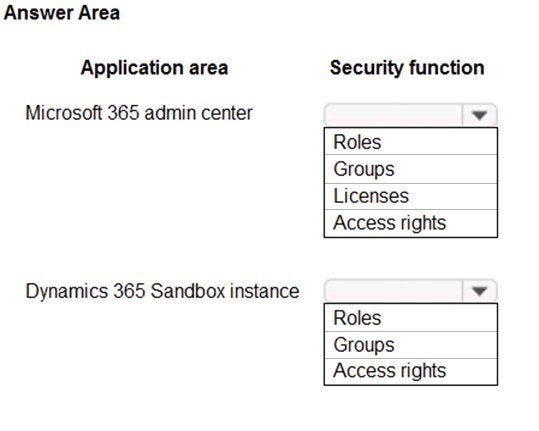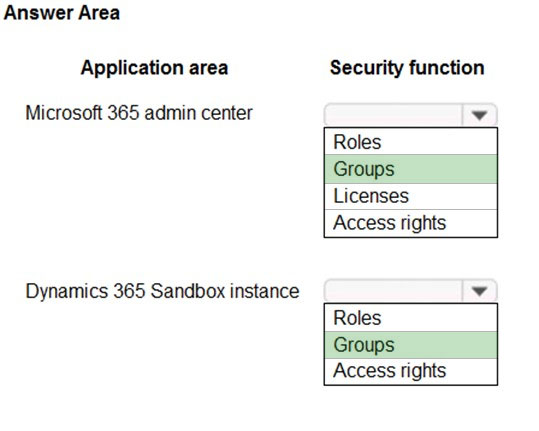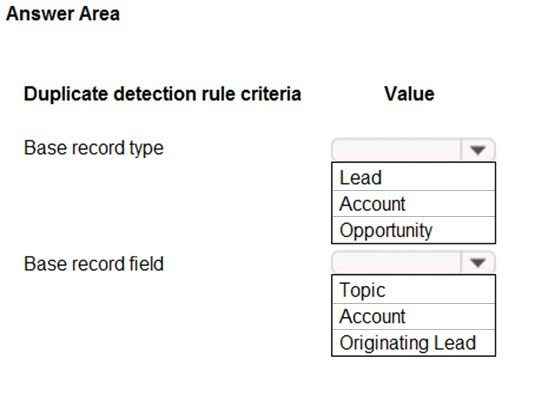A company uses Microsoft Dataverse to manage prospects. The company has a business process flow named BPFA that is associated with the Prospect entity to streamline the prospect management process.
You add a field named Category to the Prospect entity. You create additional business process flows. You apply the business process flows to Prospect records based on the selected category. Users can switch to any other newly configured business process flows but must not use BPFA.
You need to configure the solution.
What are two possible ways to achieve this goal? Each correct answer presents a complete solution.
NOTE: Each correct selection is worth one point.



